Horizontal Axis Wind Turbine (HAWT), Paper Numerical Validation, ANSYS Fluent
$320.00 $160.00 Student Discount
- The current CFD Analysis numerically validates the Paper “CFD Investigation on the aerodynamic characteristics of a small-sized wind turbine of NREL PHASE VI operating with a stall-regulated method” via ANSYS Fluent software.
- We have designed and meshed the geometry using Spaceclaim and ANSYS Meshing then meshing in fluent, producing 5,466,728 elements.
- MRF is used to simulate rotating zone.
- The turbulence of the flow is simulated via Realizable k-epsilon model.
To Order Your Project or benefit from a CFD consultation, contact our experts via email (info@mr-cfd.com), online support tab, or WhatsApp at +44 7443 197273.
There are some Free Products to check our service quality.
If you want the training video in another language instead of English, ask it via info@mr-cfd.com after you buy the product.
Description
Description
This project numerically simulates and validates a horizontal axis wind turbine based on the paper “CFD Investigation on the aerodynamic characteristics of a small-sized wind turbine of NREL PHASE VI operating with a stall-regulated method” in ANSYS Fluent software.
Horizontal Axis Wind Turbines (HAWTs) are the most common type of wind turbine used for producing electricity. They consist of a rotor with two or more blades that rotate around a horizontal axis. The principle of a HAWT is simple: as wind passes over the blades, it creates a difference in air pressure between the upper and lower surfaces of the blades. This pressure difference generates lift and drag forces, causing the rotor to spin. The rotor is connected to a generator, typically through a gearbox, which converts the mechanical energy of the spinning rotor into electrical energy.
The geometry is designed in Spaceclaim then meshed in ANSYS Meshing with 5,466,728 unstructured cells.
Methodology
A cylindrical domain around the blades is defined as the moving part which is simulated by Moving Reference Frame (MRF). We validated simulating the case in which the air passes over the turbine and duct at a speed of 13m/s. Also the speed of rotation of the turbine is considered 72 rpm and the turbulence of the flow is simulated via Realizable k-epsilon model with standard wall function.
Conclusion
In this project Moment (torque) is monitored and obtained as the factor to show validity the simulation with the paper. The moment with the unit [N.m] changes with the wind speed as shown below. Our simulation is approximately closed to the numerical results presented in the paper especially in lower wind speed.
The error increases as the wind speed increase, but it should be noted that the torque attitude with changing the wind speed is the same with the numerical and experimental results presented in the paper.
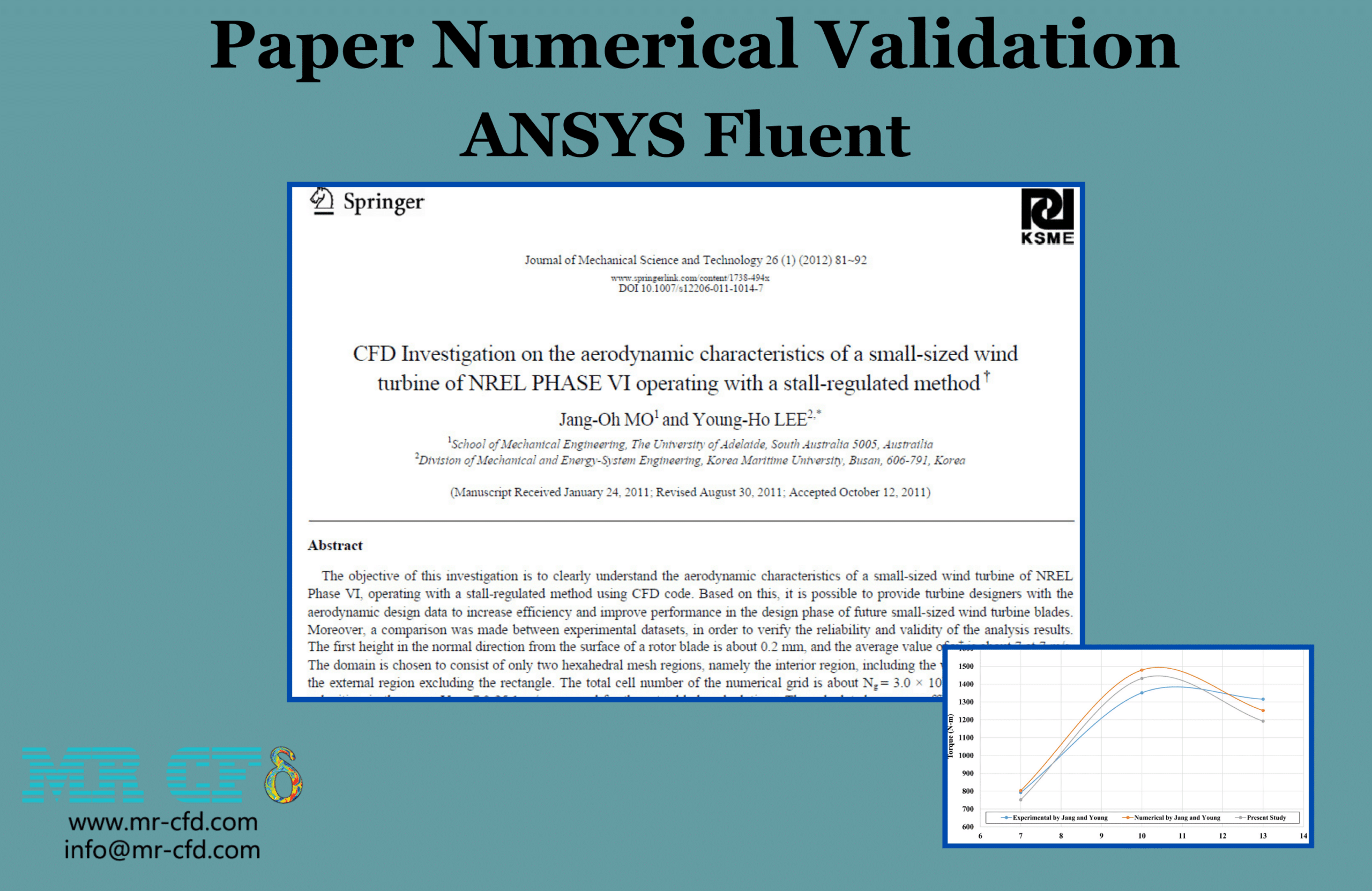
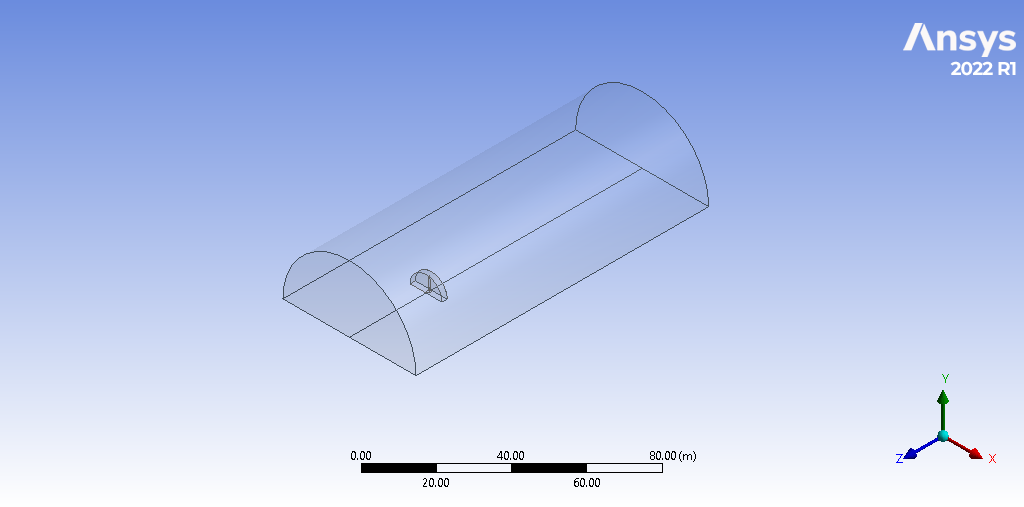
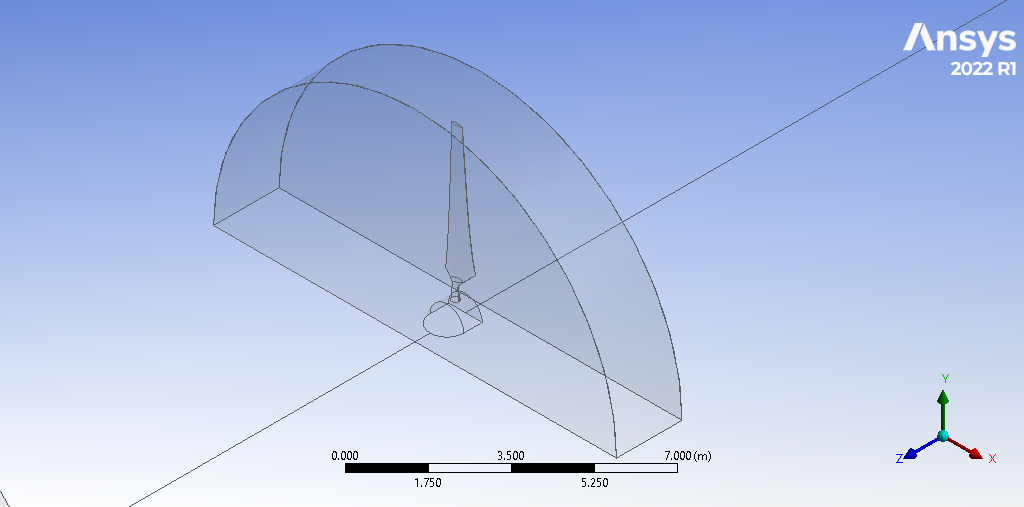

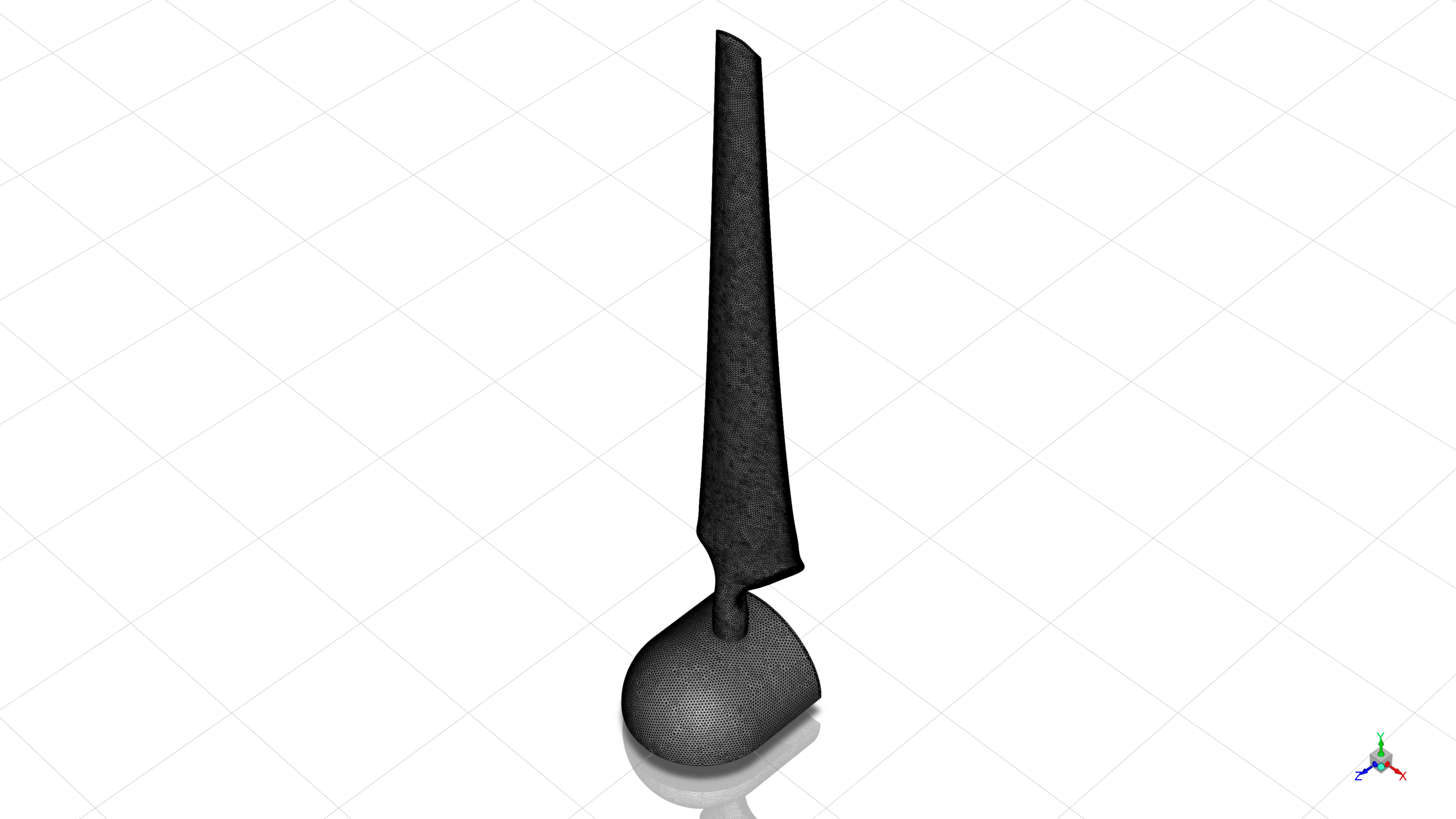
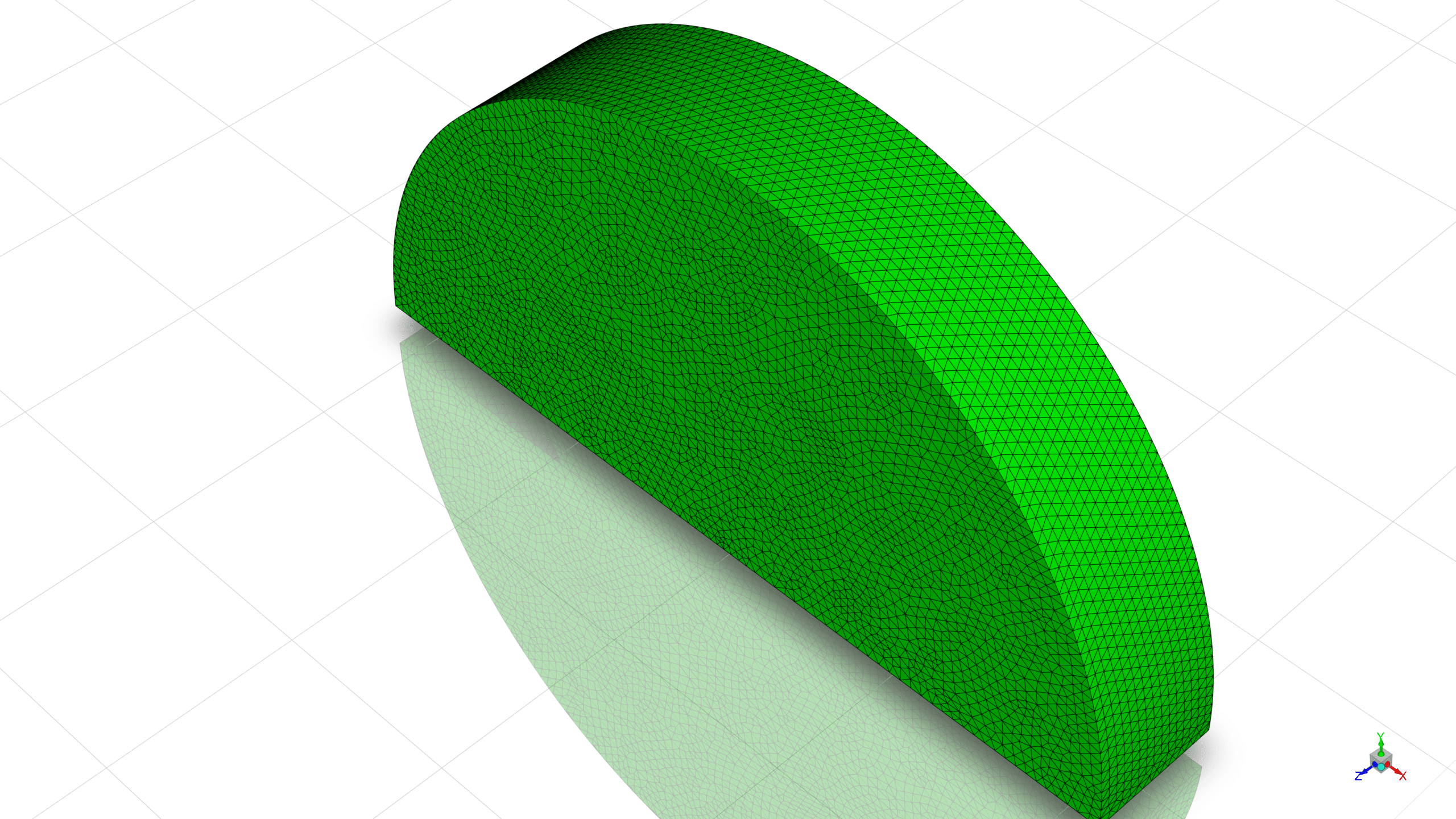

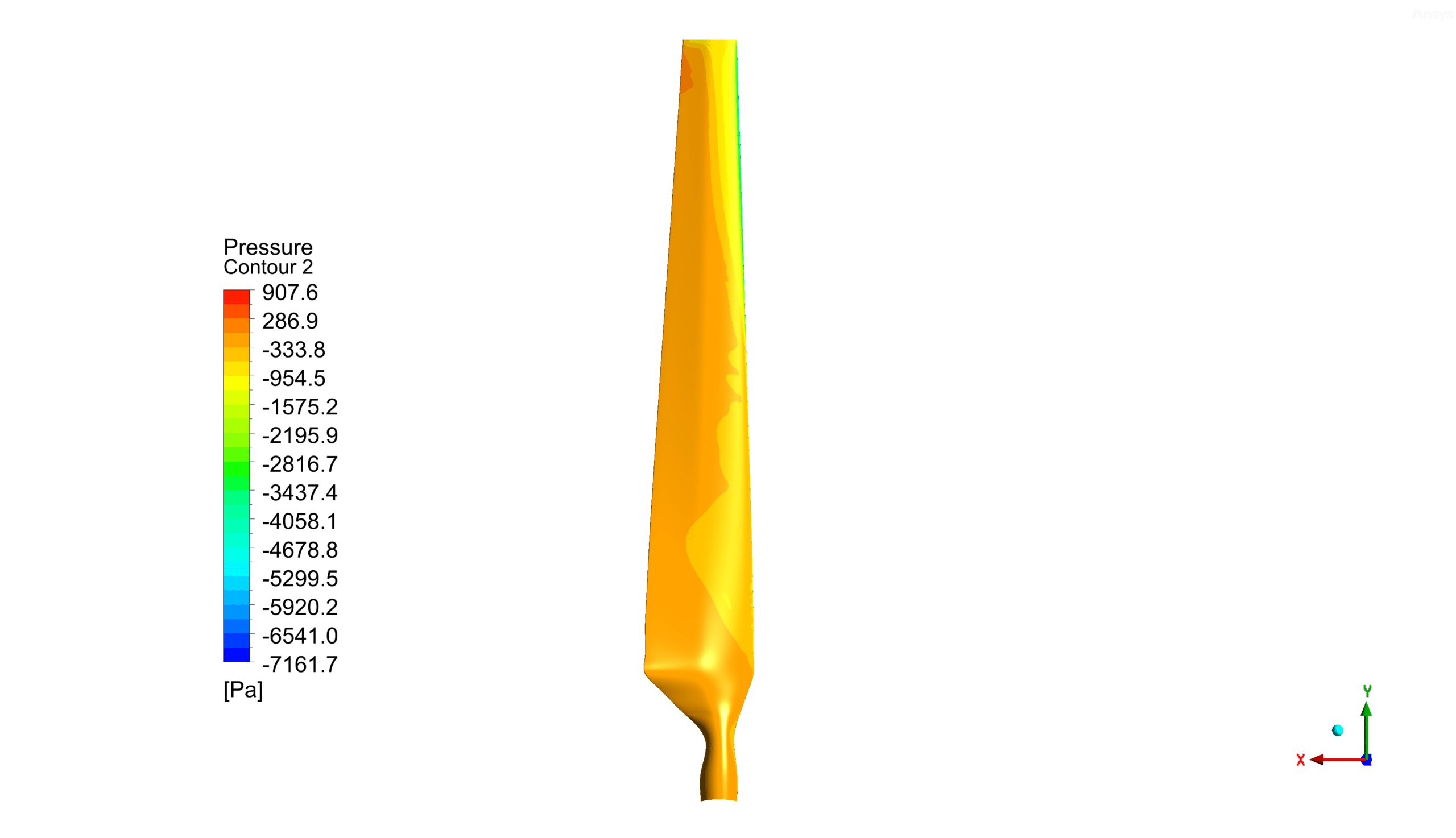
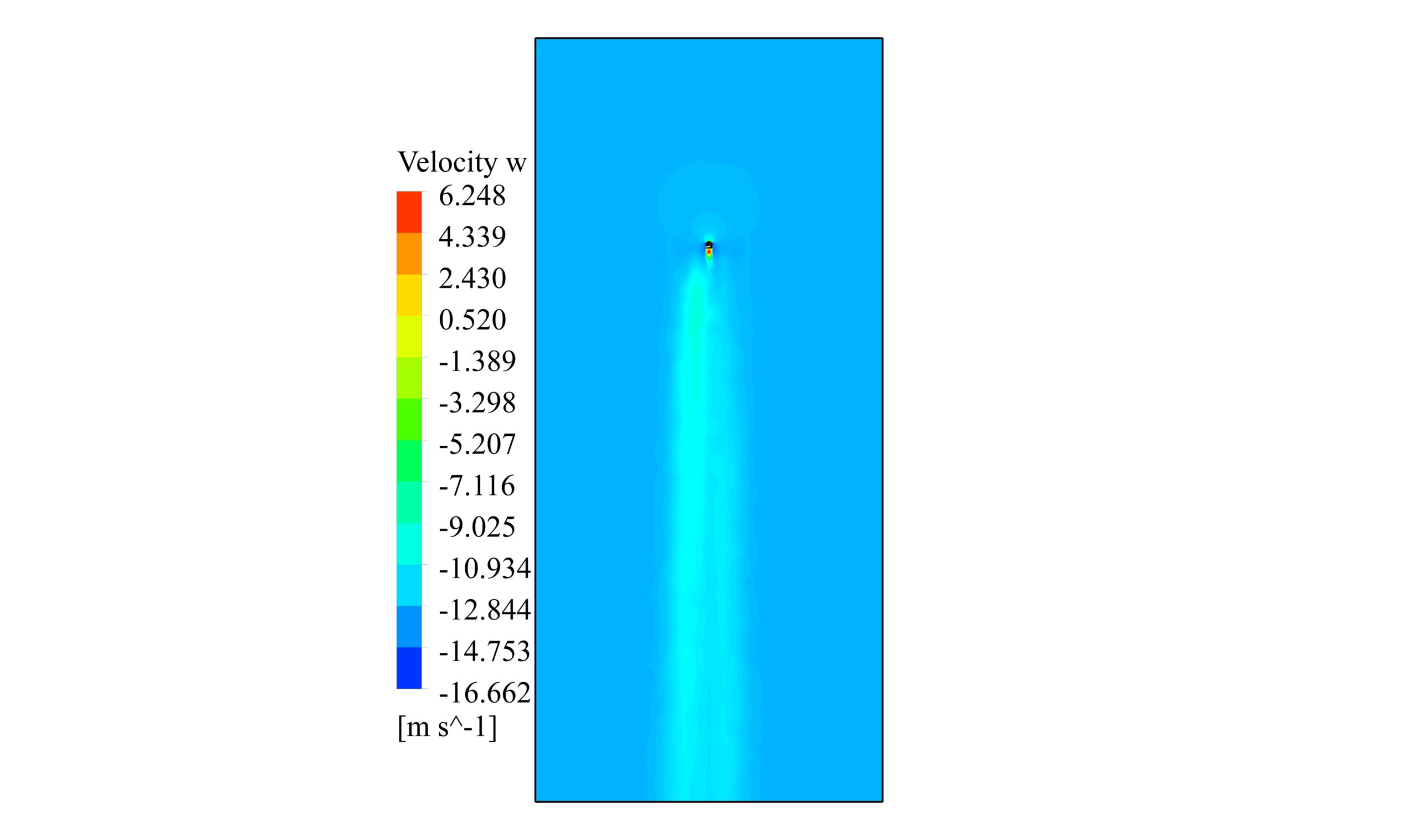
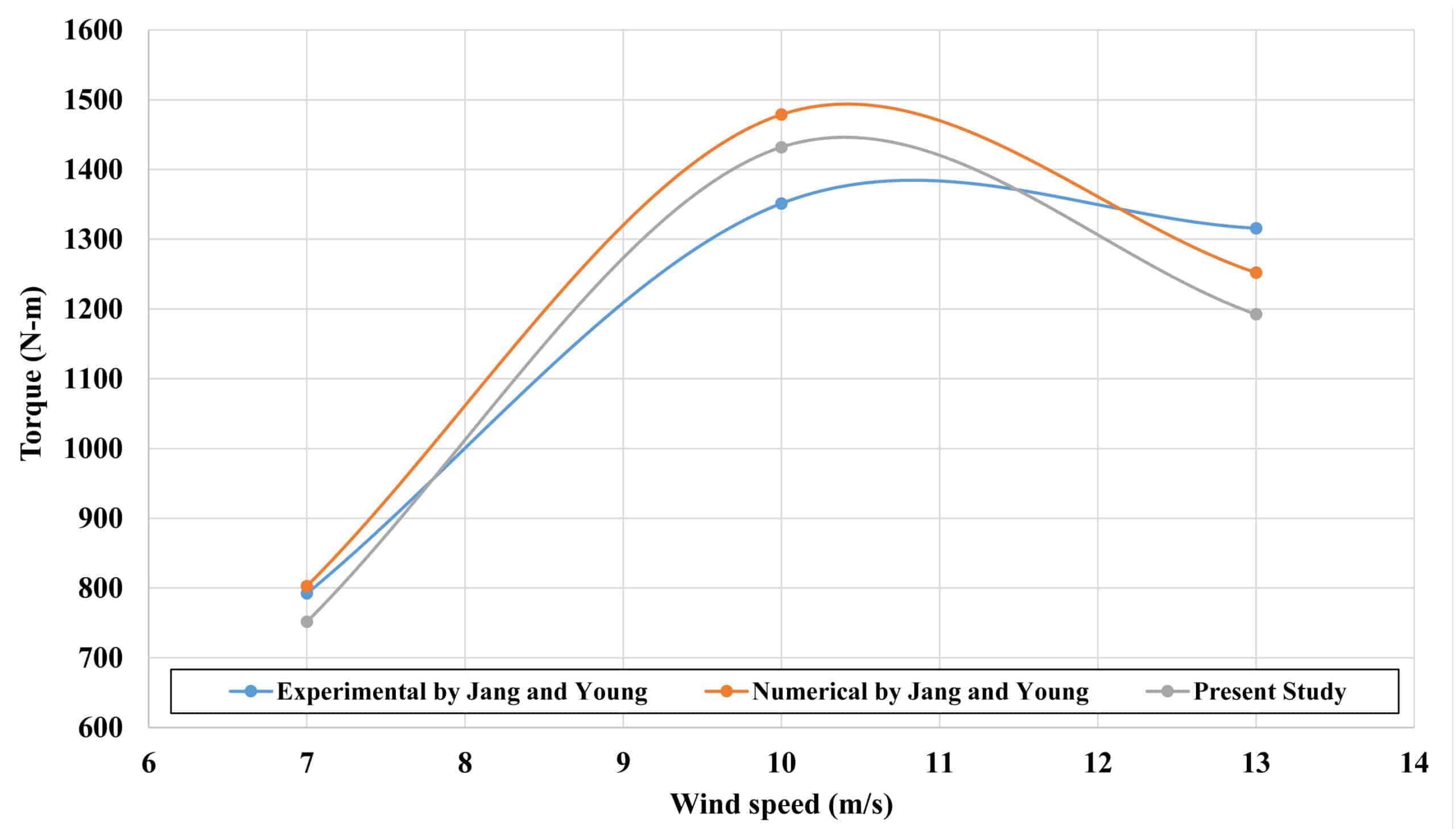
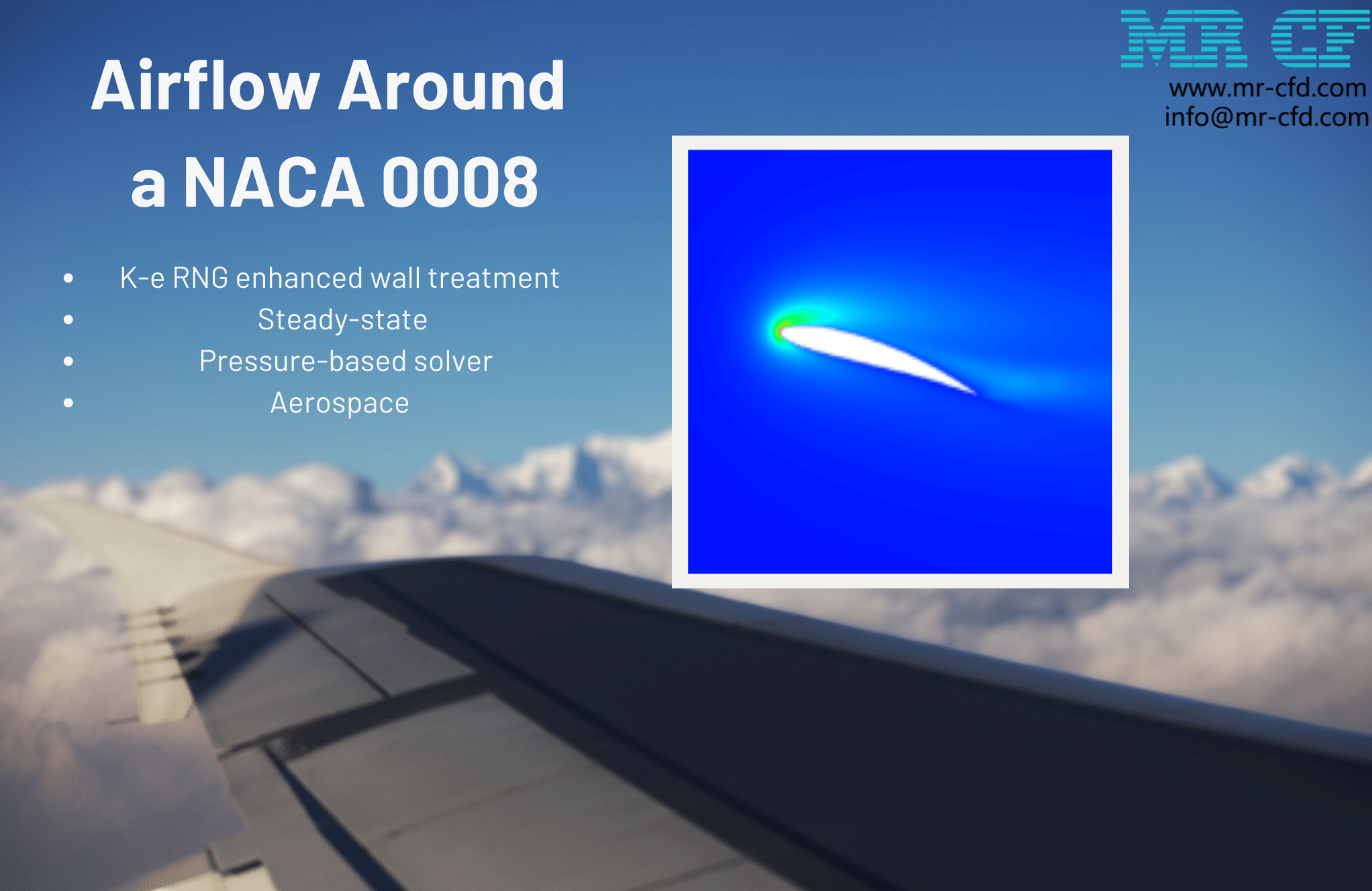

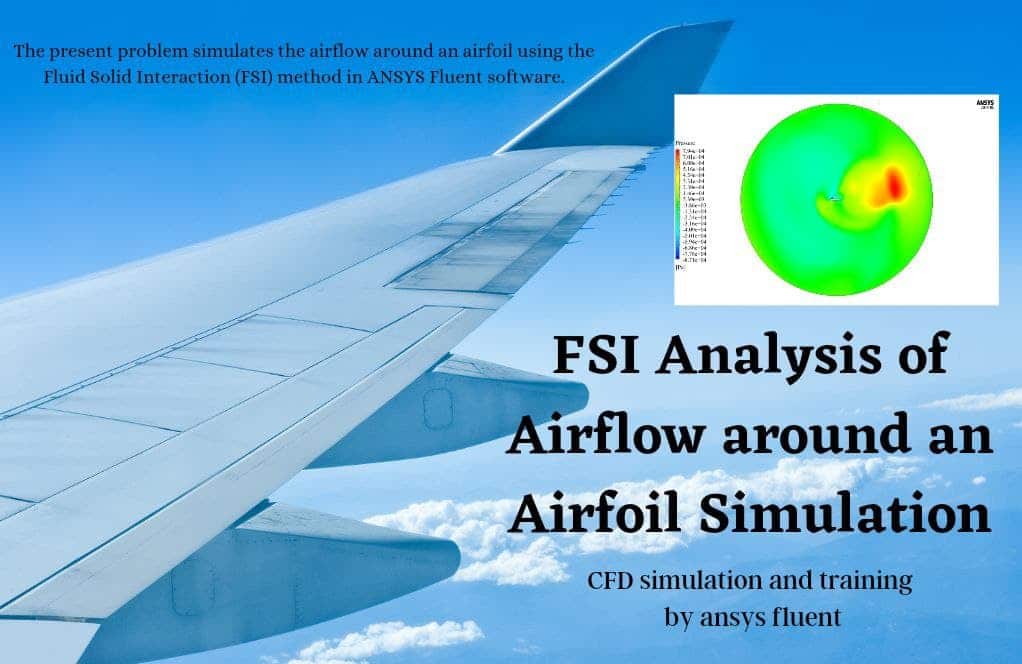

Reviews
There are no reviews yet.